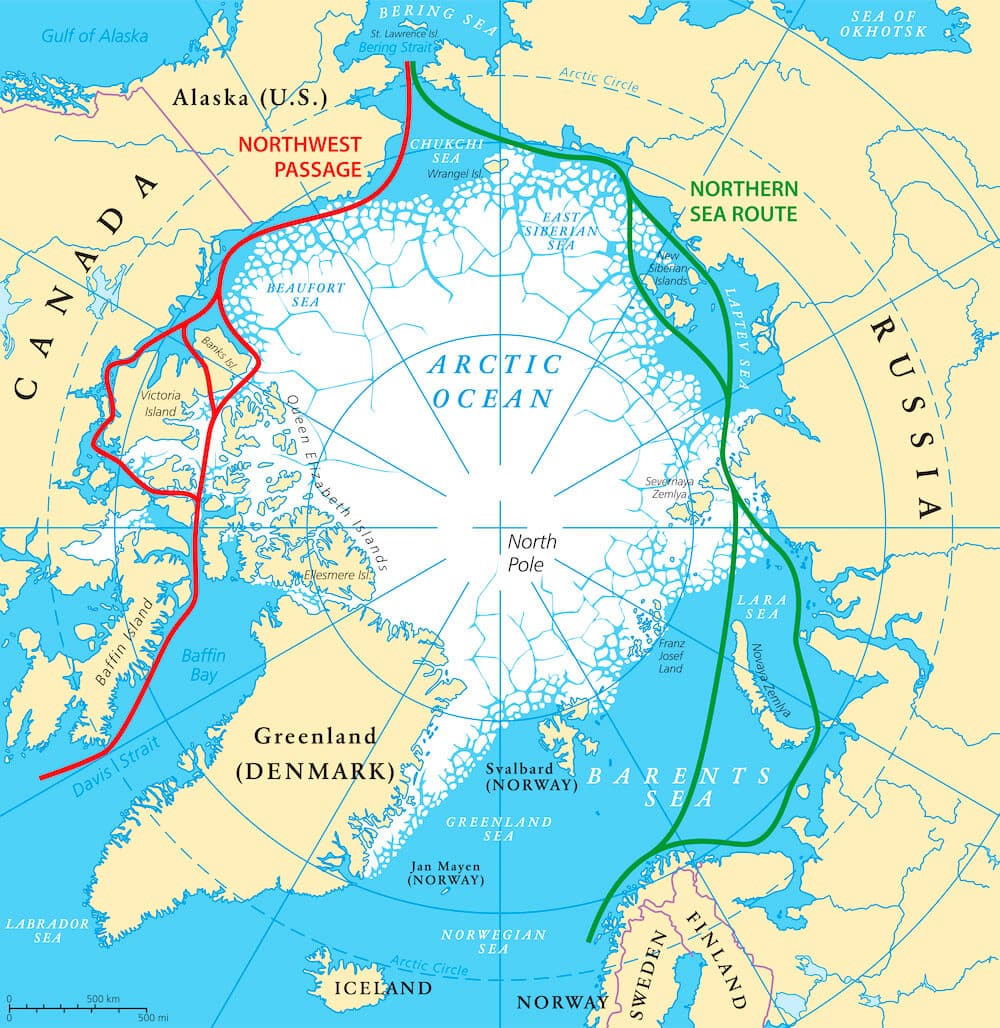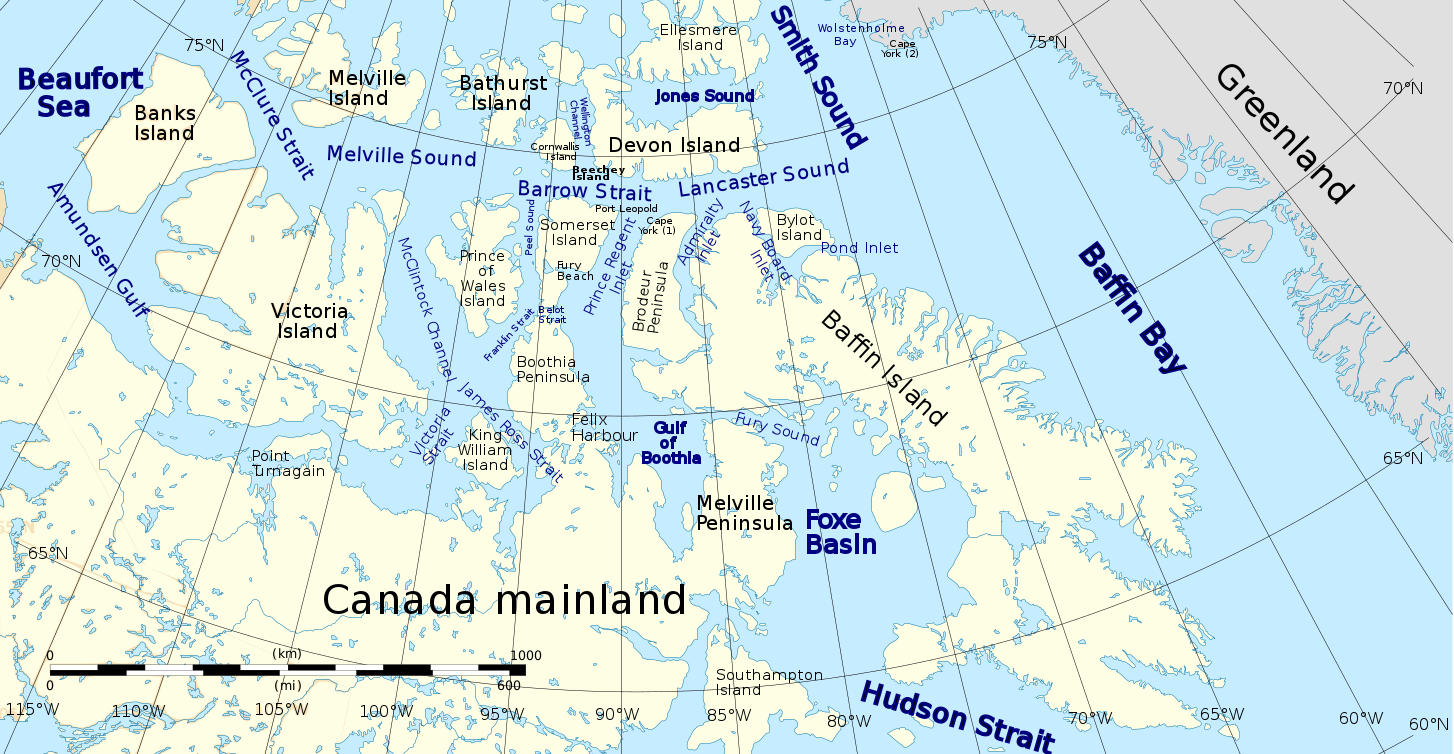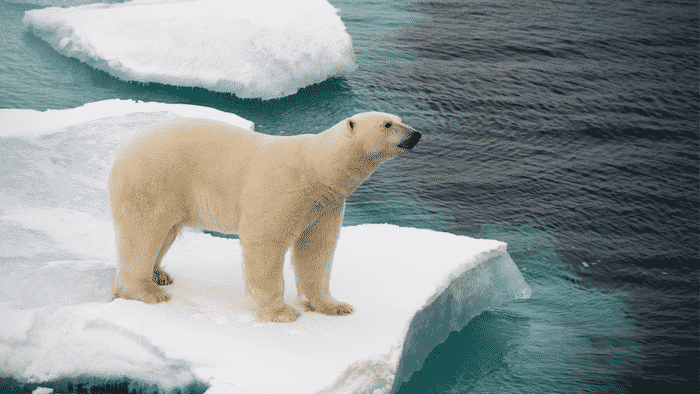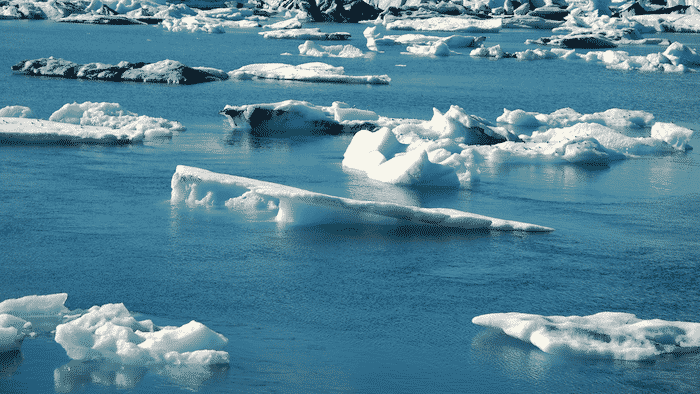10 Facts About Northwest Passage
The Northwest Passage is a flourishing sea route that stretches from the Atlantic Ocean across to the Pacific Ocean.
The passage passes through a throng of Canadian islands popularly named the Arctic Archipelago. The archipelago islands divide from each other and also the mainland of Canada by Arctic waterways. These together are called the Northwest Passages.
Stretching from Kangerlussuaq (Greenland) to Nome (Alaska), this historical route passes through several waterways, remote islands, and mystical ice structures.
Let us look at ten amazing facts about the Northwest Passage, which has immense historical significance and has attracted several explorers who attempted to cross the Passage and explore a shorter route between Europe and Asia.

Originally a trade route from Europe to China
The Spanish Empire wanted to reach China and the Far East by a western route as Portugal took charge of the eastern route around Cape Of Good Hope. The country of Spain also eagerly wanted a route to take control. This lead most European countries to search for an alternate route. It was also a strategic military route that could yield political benefits in the future.
First crossing of the Northwest Passage took 3 years
Roald Amundsen, a Norwegian explorer, was the foremost human to conquer the Northwest Passage solely by ship. He and a team of six men started their journey in 1903 and completed it in 1906. The journey was initiated from Christina (now popularly known as Oslo) in Norway. It took place on a ship named Gjoa. The voyage undertaken by Amundsen was truly pioneering. He faced various hurdles like a thick fog, a fire on board, but remained undeterred.
Northwest Passage expeditions Are Wellknown
The first recorded attempt to discover was by Venetian explorer John Cabot, who undertook Northwest Passage’s journey in 1497. He was sent on this mission by King Henry VII of England. The objective was to find a direct route to the Orient.
- In 1534, revered King Francis I of France assigned an explorer named Jacques Cartier to find an easy and quicker route to Asia. He discovered today’s Prince Edward Island but not Northwest Passage.
- In 1609, the Dutch East India Company merchants hired explorer Henry Hudson to find the Northwest Passage. He sailed around Long Island and the Hudson River area. But did not discover the Northwest Passage.
- In 1845, Sir John Franklin, an officer of the English Royal Navy and also an Arctic explorer sailed aboard the seas to discover the Northwest Passage. The ships, however, vanished.
- It was only in 1903 that Roald Amundsen and he discovered the Passage.
Names of places and water bodies after prominent explorers
Most places in the Northwest Passage area have their names after the explorers who set sail here. For instance, Gjoa Haven, a hamlet comprising mostly Inuit people, is named after Roald Amundsen’s ship Gjoa. James Ross strait, a 180-km long channel, gets its name from Sir James Clark Ross, an affluent British explorer.
Hudson Bay, a magnum saltwater body in North-eastern Canada, earned its name from English explorer Henry Hudson. Similarly, Beechey Island gets its name after William Beechey, the lieutenant of Captain William Edward Parry, the first European to visit the island.
Northwest Passage Has One Of The Largest Islands – Baffin Island
Baffin Island is the initial point of the Great Northwest Passage and also the massive island of Canada. It also ranks as the fifth-largest globally. The Inuit people make around 70% of the island locals. The region gets its name from English navigator William Baffin, another explorer that set sail for the Northwest Passage.

Northwest Passage Famous For Diversity of Marine Fauna And Pristine Beauty
The Passage is known for its mostly untouched landscape and pristine beauty. A wide variety of animal species survive here that stay both on land and underwater. Polar Bears, the famous carnivore species, roam throughout the Northwest Passage.
Narwhal, whales that have “unicorn” tusks, are a mysterious species found here.

One can also find Walrus, Seals, and Bowhead Whales, among other marine species here. Different bird species also exist here, like Snowy Owl, Tundra Swan, Peregrine Falcon, Bald Eagles, and Terns. However, most of these are migratory birds.
There’s Is An International Water Dispute
The Canada Government has classified the Northwest Passage waters as Canada’s internal waters. It was declared after the United Nations Convention Declaration on the Law of the Sea (UNCLOS), giving Canada the right to bar transit through these waters.
However, countries like the United States and other European countries claim these waters to be a part of the International strait. It means every foreign vessel has the right to easy transit passage. The countries have still not been able to reach an amicable solution to these contested issues.
Thinning Ice Cover Of the Northwest Passage
Global warming and climate change led to thinning of an ice cover of the Northwest Passage. It will simultaneously open the Passage for increasing periods and make a potentially attractive shipping route.
In the year 2007, the European Space Agency confirmed that a rapid ice loss had uncovered the Passage. It also recorded a massive loss of ice cover. This shrinking ice cover makes the Northwest Passage almost fully navigable and will have tremendous geopolitical implications for the neighbouring countries.

Climate Change Has Enabled Newer Species In The Northwest Passage
Scientists state that the loss of ice in the Northwest Passage had enabled newer fauna species to migrate towards the Arctic Ocean. The Gray Whale hunted down to extinction in the 1700s, was seen in the Mediterranean in 2010. The experts speculate that the Whale followed its food sources through the Passage and kept ongoing.
Similarly, plankton, Neodenticula, which vanished from the Atlantic roughly 800,000 years ago, has been found in the Northwest Passage. Scientists state that it happened due to the melting ice cover, which has reopened the Passage.
Shorter Transportation Route from West to East
The Panama Canal links the Atlantic Ocean and the gigantic Pacific Ocean. It eased the burden to find a shorter route from the West to the East. However, with the melting of ice caps, the Northwest Passage has presented an even greater shortcut for shipping across the Northwest Atlantic and the Pacific Ocean, cutting the distance by more than 4,000 miles.
The Northwest Passage is a historically significant region and a crucial part of several global environment ecosystems. Though earlier commuting towards this Passage was difficult due to thick block ice cover, recent climate change situations have made the Passage accessible. It is thus used by several commercial sea vessels.
You may also like to read- 10 Interesting Facts About The Tasman Sea
Disclaimer: The authors’ views expressed in this article do not necessarily reflect the views of Marine Insight. Data and charts, if used, in the article have been sourced from available information and have not been authenticated by any statutory authority. The author and Marine Insight do not claim it to be accurate nor accept any responsibility for the same. The views constitute only the opinions and do not constitute any guidelines or recommendation on any course of action to be followed by the reader.
The article or images cannot be reproduced, copied, shared or used in any form without the permission of the author and Marine Insight.
Do you have info to share with us ? Suggest a correction
Latest Maritime Knowledge Articles You Would Like:
Subscribe To Our Newsletters
By subscribing, you agree to our Privacy Policy and may receive occasional deal communications; you can unsubscribe anytime.















